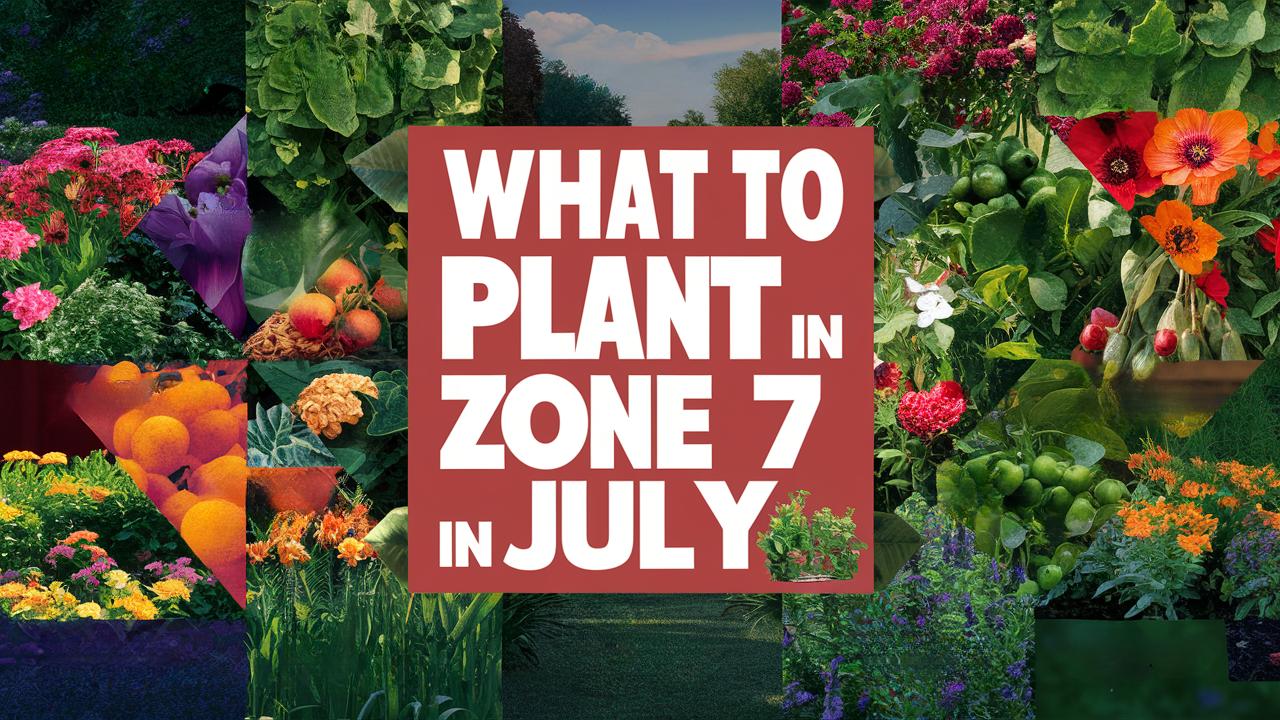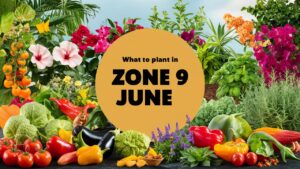This guide will explore the ideal vegetables, flowers, herbs, and landscape plants that you can confidently plant in July in Zone 7.
Vegetables To Plant
Zone 7 provides a formidably flexible growing season, allowing various vegetables to flourish even when the temperatures are steamy. Let’s delve into some ideal choices for your vegetable garden this July.
Tomato
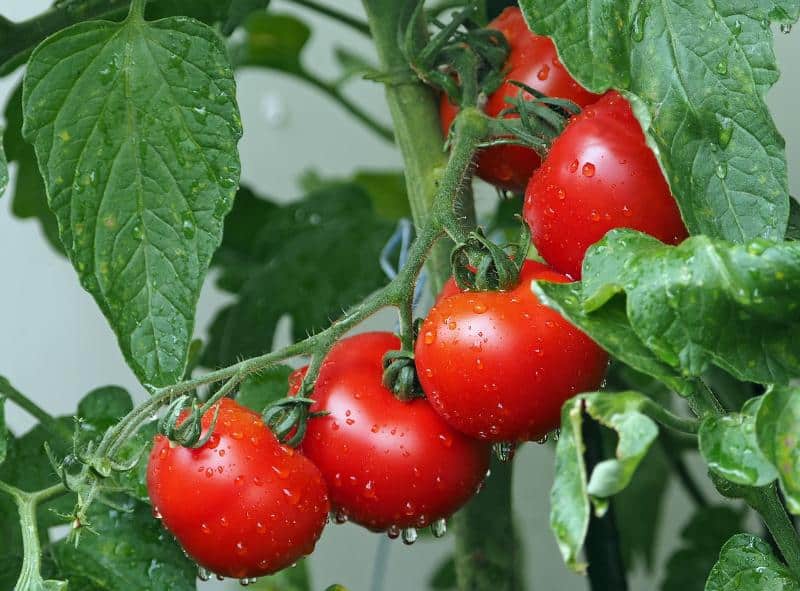
Tomatoes are an absolute staple of any garden and thrive in the long summer days of July. Ideal temperatures for planting tomatoes range from 60°F to 85°F, making mid-summer the perfect time for transplanting young plants or starting seeds directly in your garden. As these plants need around 50 to 80 days to mature, planting in July gives you a fair chance for a late harvest before the frost. They enjoy well-draining soil enriched with organic matter and should be watered consistently (but not excessively) to avoid rotten fruits.
Squash
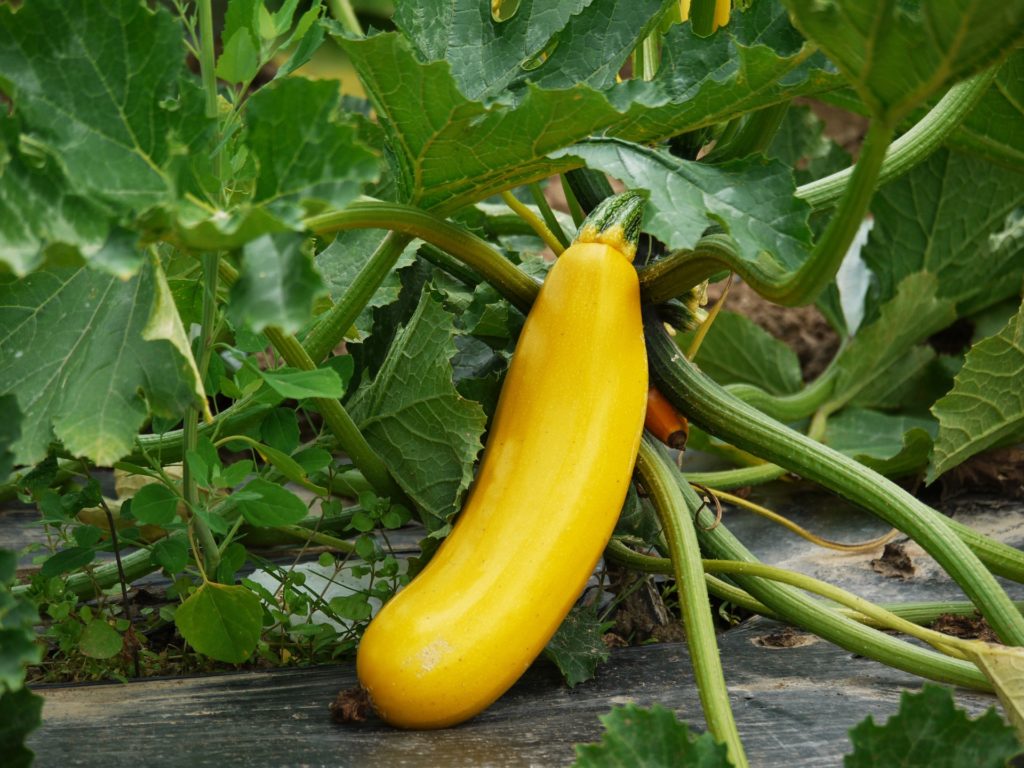
Both summer and winter squash varieties can be started in July. With a temperature tolerance of 70°F to 90°F, zucchini is particularly popular. These plants grow rapidly and can produce outstanding yields, ideal for fresh meals, freezing, or canning. Make sure to provide ample space between plants for airflow and to prevent powdery mildew. Planting squash directly in the ground could yield mature fruit in as little as 60 days.
Green Beans
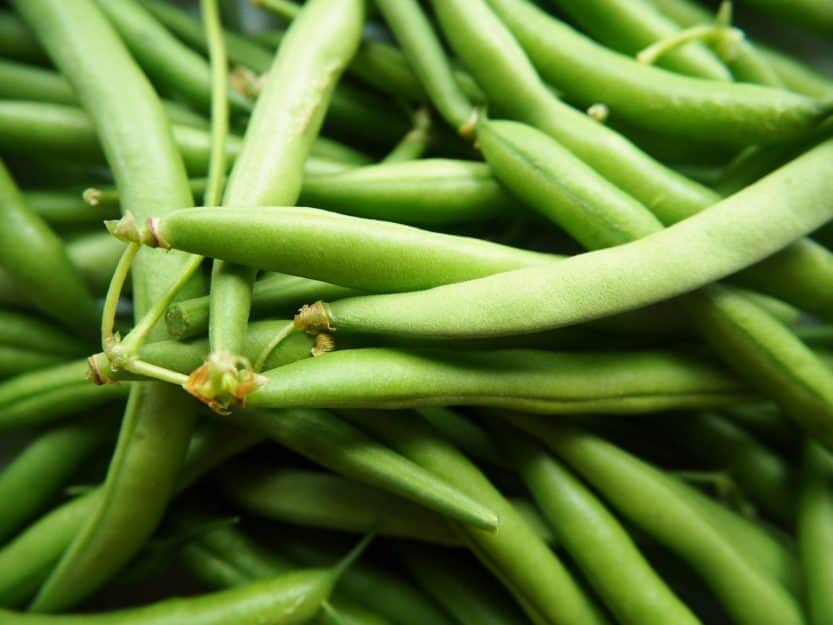
Green beans are not only delicious but also easy to grow. Plant these fast-growing legumes in July, as they thrive in the warm weather and can tolerate temperatures up to 95°F. They can be direct-seeded or transplanted, with a growing period of about 50 to 60 days until harvest. Beans also fix nitrogen in the soil, contributing to overall garden health. Choose bush varieties for quicker yields, or pole varieties for a visually stunning and productive vertical garden.
Cucumbers
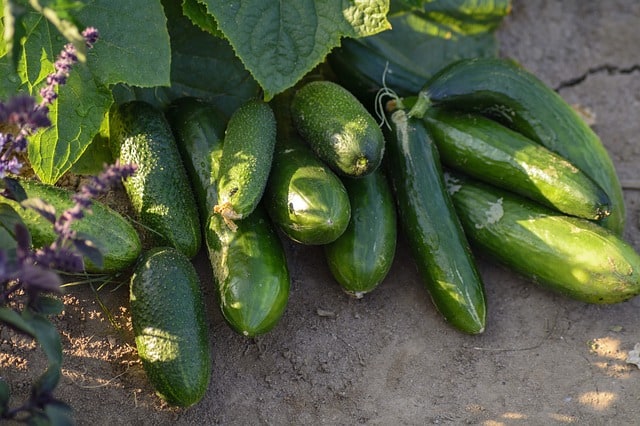
These refreshing vegetables are perfect for summer salads. Cucumbers require warm soils to germinate, ideally between 70°F and 85°F. July planting allows for quick harvest within 50 to 70 days. Be wary of pests such as cucumber beetles, and cultivate in well-drained soil enriched with compost to retain moisture. Vertical growing methods—characterized by trellising or cages—can maximize your yield while reducing the risk of disease from contact with wet soil.
Kale

While many associate kale with cooler temperatures, this leafy green actually thrives best in summer if planted in July. Kale can tolerate mild heat and prefers temperatures between 60°F and 75°F. Plant kale seeds directly into well-drained, rich soil, allowing 30 to 50 days for harvest. Late summer and fall are ideal for kale growth, as the cooler weather enhances its texture and flavor.
Carrots
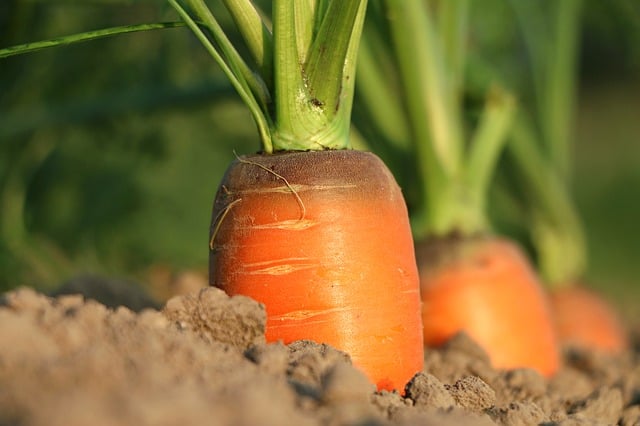
Carrots are perfect for July planting in Zone 7, especially the shorter varieties. These root vegetables benefit from loose, sandy soil that allows the roots to develop without obstruction. With an ideal soil temperature of 60°F to 75°F, planting in July gives you up to 75 days of growth before fall. Carrots can be harvested at any size, ensuring you can enjoy them throughout the late summer and fall.
Radishes
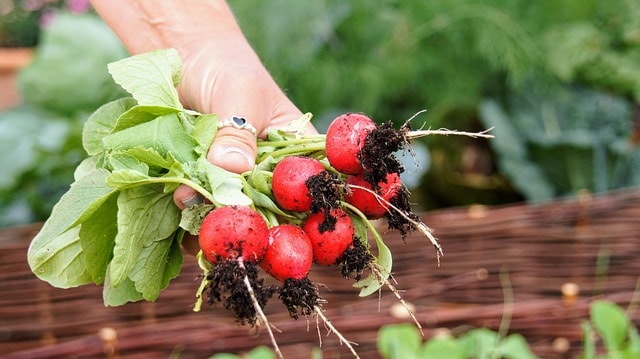
Radishes are one of the fastest-growing vegetables, making them an excellent candidate for planting in July. With a tolerance for warm soil up to 85°F, they typically mature in just 30 days. Quick to germinate and prolific, radishes make for a fantastic garden filler alongside slower-growing crops. Consistent moisture is crucial for tender, juicy roots, so be sure to water them regularly.
Swiss Chard
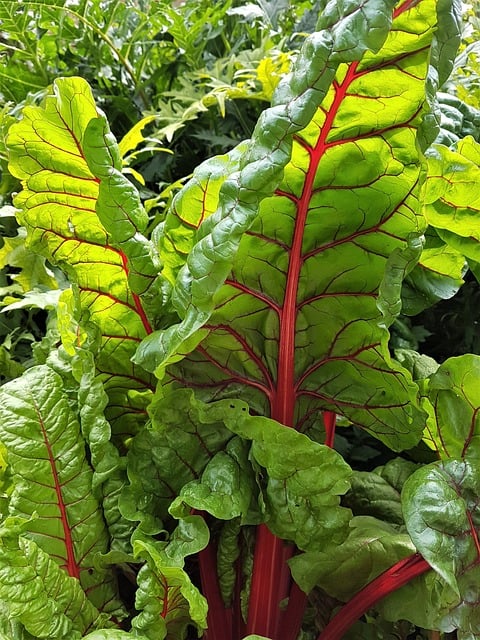
Swiss chard is another leafy green that flourishes during the warm summer months. It prefers temperatures ranging from 60°F to 85°F and can tolerate some heat. Planting in July allows for continuous harvest through the late summer into the fall. Chard is adaptable and can grow in a variety of soil types, but it thrives best in rich, well-drained soil. Ensure you provide ample water to keep the leaves vibrant and lush.
Beets

Beets can indeed be started in July, benefiting from the warm summer soil, which typically ranges from 70°F to 80°F. These root vegetables take about 50 to 70 days to mature and are excellent for both their roots and greens. Plant in rows with adequate spacing to allow for robust growth. Beets can be harvested at any size, and the sweet flavor is often enhanced by late summer’s cooler night temperatures.
Peppers

Peppers, both sweet and hot varieties, love the warm temperatures of July. Like tomatoes, they thrive when temperatures are between 70°F and 85°F. Planting them in July allows for a substantial yield before the frost. Peppers prefer rich, well-drained soil amended with compost and do best when spaced well apart to promote airflow. Regular harvesting encourages continued fruiting throughout the summer.
Flowers To Plant
In July, Zone 7 gardeners should also focus on creating a vivid and vibrant atmosphere with an array of beautiful flowers. Let’s explore some flowering plants that can create stunning displays while thriving beautifully in the summer heat.
Zinnias

These colorful blooms are an excellent choice for mid-summer planting. Zinnias love the heat and can tolerate temperatures up to 90°F. They thrive in full sun and rich, well-drained soil. With a 75 to 100-day growing period, you’ll enjoy a profusion of vibrant colors that attract butterflies and pollinators to your garden. Regular deadheading encourages continuous blooming throughout the season.
Sunflowers

There’s nothing that says summer quite like sunflowers. Thriving in full sunlight, these bold beauties can be planted in July to ensure a dazzling display later in the summer. Depending on the variety, sunflowers can reach impressive heights and provide excellent cut flowers for arrangements. They prefer well-drained soil and require very little maintenance, making them a perfect option for beginners.
Marigolds
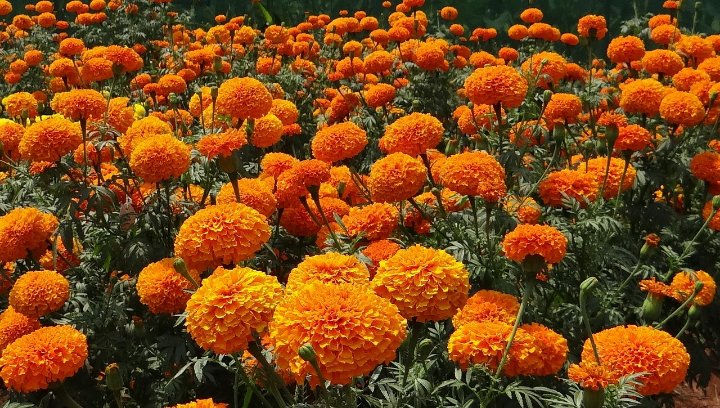
Known for their pest-repelling properties, marigolds are resilient annuals that can be planted in July. They flourish in warm temperatures, ideally around 70°F to 85°F, and can bloom profusely with little care. Additionally, they add a splash of color to any garden bed or container, making them a versatile choice. The bright hues of marigolds are lovely in cut flower arrangements or as natural deterrents against garden pests.
Cosmos

Cosmos are hardy annuals that provide whimsical daisy-like blooms that sway gently in the summer breeze. Plant them in warm soil in July, and they can flourish into the fall with minimal care. They’re excellent in cottage gardens or as border plants and do best in well-drained soil with full sun. The blooms attract pollinators and can enhance the biodiversity in your garden.
Coneflower (Echinacea)
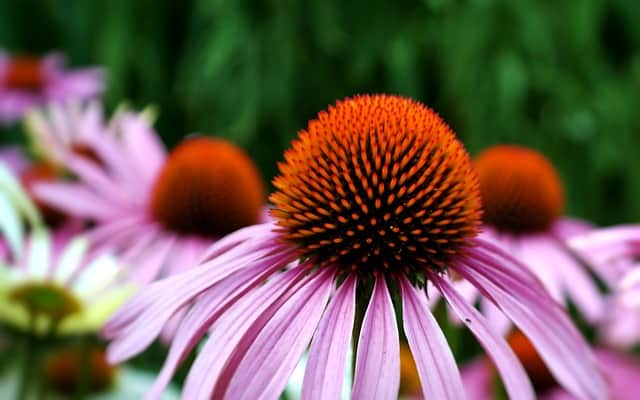
This drought-tolerant perennial thrives in Zone 7, and planting in July is perfectly suitable. Coneflowers can withstand the heat and attract beneficial pollinators, such as bees and butterflies. They prefer well-drained soil and full sun. Once established, these hardy flowers require little maintenance and will bloom for years to come, providing vibrant color each summer.
Black-eyed Susan
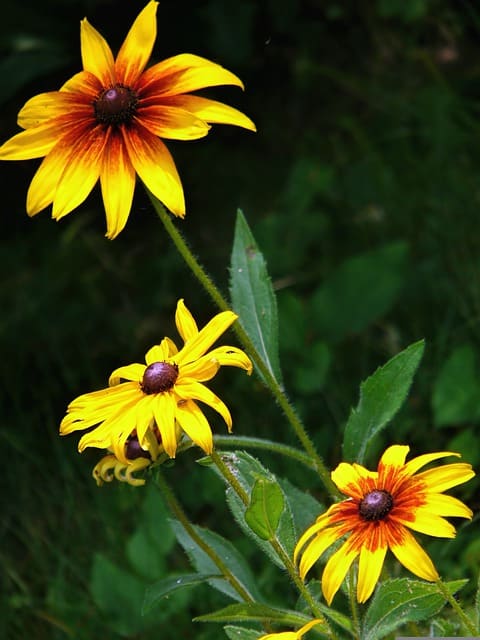
Black-eyed Susan provides a hearty pop of gold to your summer landscape. Ideal for planting in July, these perennial flowers flourish in drought and prefer sunny locations. Their large, daisy-like flowers are not only visually striking, but they also attract birds and beneficial insects to your garden. They’re capable of rapidly colonizing areas and can endure various soil types, making them a great choice for low-maintenance gardens.
Salvia
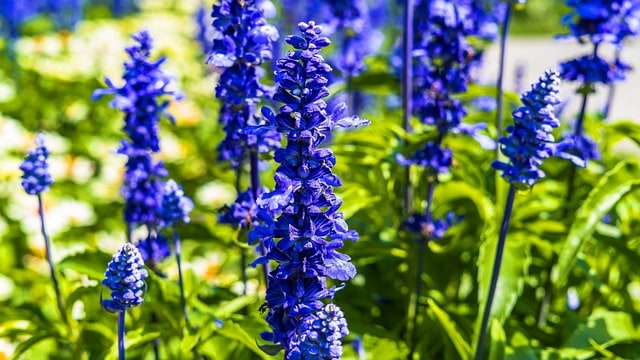
Known for their striking upright spikes and fragrant leaves, salvia is perfect for planting in July. This perennial thrives in warm weather and can tolerate a range of conditions. With numerous varieties available, salvia is fantastic in borders or mixed garden beds. These plants are drought-tolerant once established and attract hummingbirds and butterflies, contributing to the wildlife diversity in your garden.
Aster
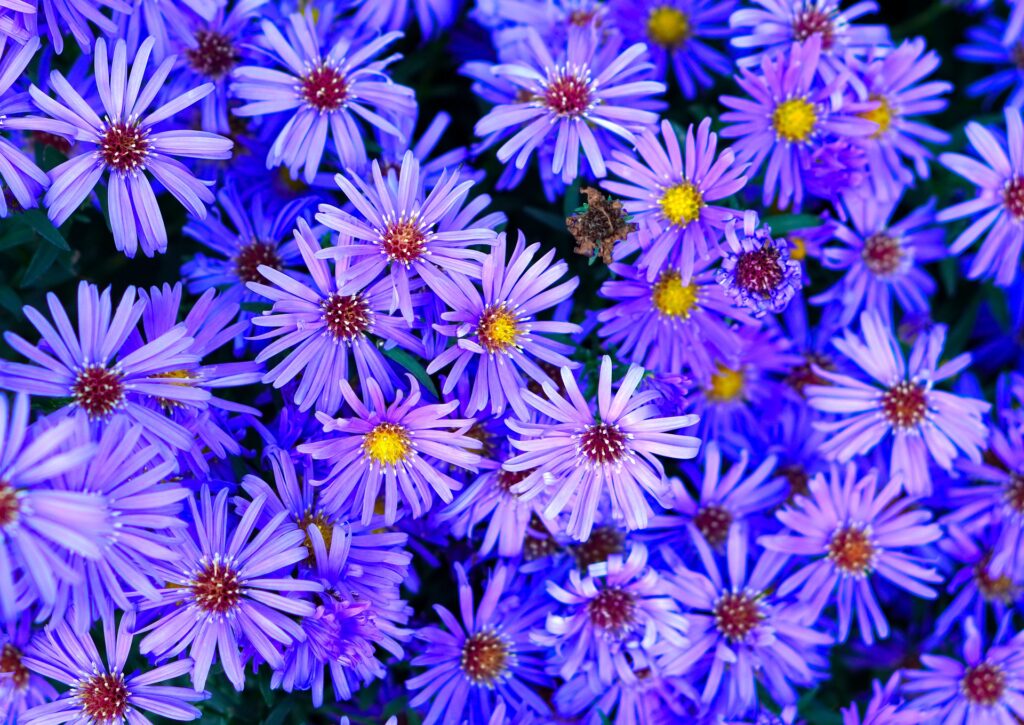
Asters are perennials that can be started this month for a stunning late summer bloom. These flowers are preferred by gardeners for their resilience to heat and ability to attract beneficial pollinators. They thrive in sunny locations and well-draining soil. Asters typically take around 90 days to flower, providing much-needed color as many summer blooms begin to fade.
Coreopsis
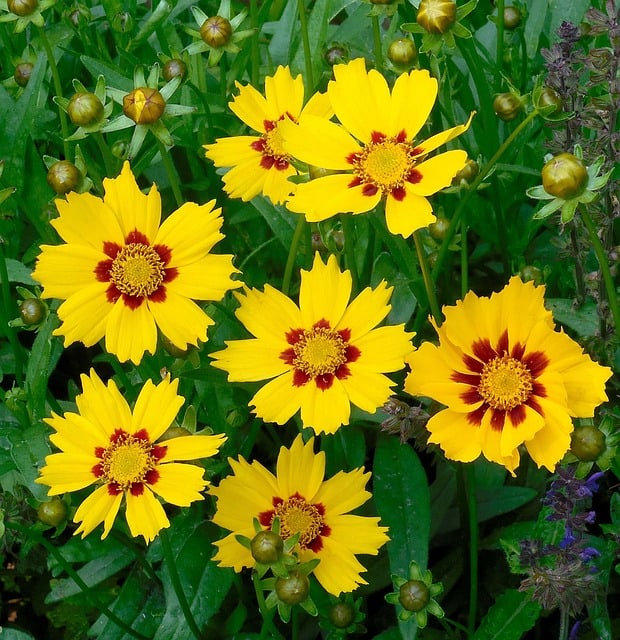
Coreopsis, often referred to as tickseed, is a hardy perennial that thrives in summer heat and can be planted in July. Their bright yellow and red flowers can bloom from late spring until fall, offering a continuous display of color. Coreopsis prefers well-draining soil and full sun. They require minimal maintenance and make an excellent choice for low-water gardens, especially in drought-prone areas.
Snapdragons
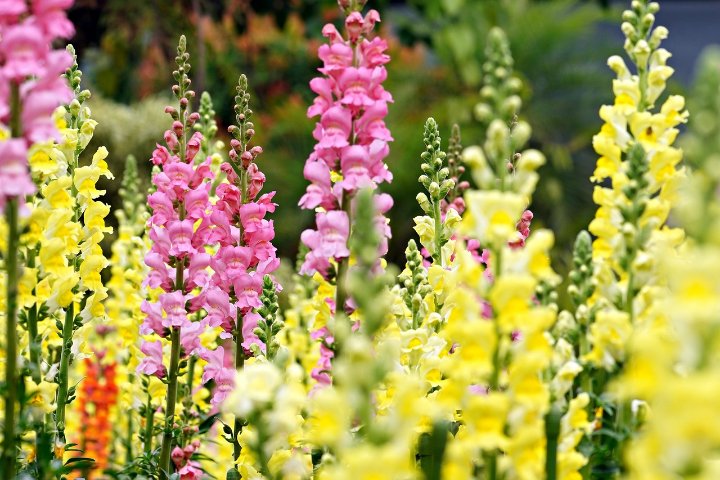
Snapdragons can be successfully seeded in late summer, especially the shorter varieties that prefer cooler conditions. They can handle highs up to 80°F, making July planting feasible for those wanting to coax blooms into the fall. Snapdragons add tall structure and variety to blooming beds or containers. Deadhead regularly to encourage new blooms and prevent them from becoming leggy.
Herbs To Plant
Herbs can be incredibly rewarding to grow, often requiring minimal space and maintenance. July is an excellent time to sow herbs that thrive in the warmer weather of Zone 7. Here are some of the best herbs to consider planting.
Basil
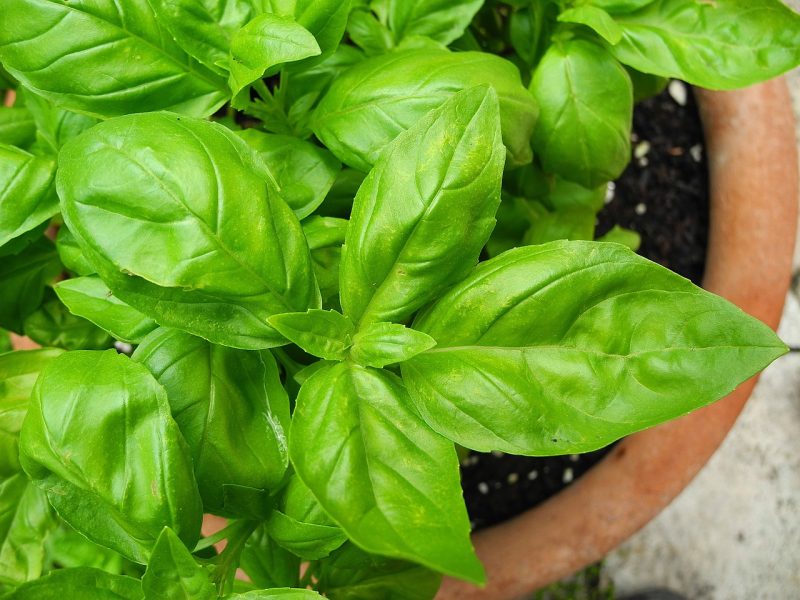
Basil loves warm temperatures and is a must-have in any herb garden. Ideal soil temperatures hover between 70°F and 90°F, allowing for quick germination when planted in July. A variety of basil cultivars are available, including sweet basil for culinary uses. Regular harvesting encourages bushier growth, and basil thrives in containers as well as garden beds. Just ensure they receive plenty of sunlight.
Cilantro
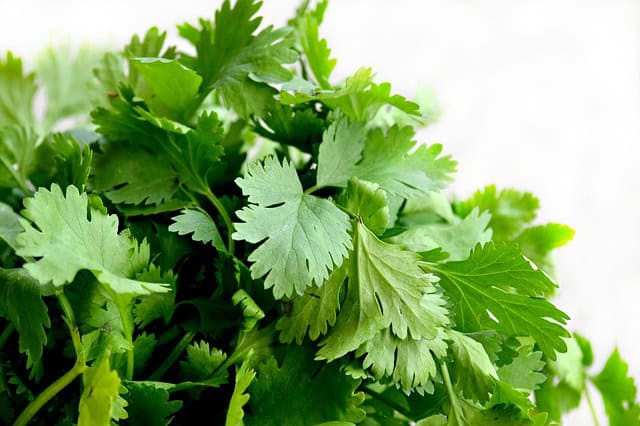
Cilantro is a versatile herb that produces both leaves and seeds. It thrives best in mild weather, making mid-summer an excellent time to plant for a late summer or fall harvest. While it can withstand higher temperatures, it tends to bolt quickly in extreme heat, so monitoring conditions can yield the best results. Keep it well-watered, and consider partial shade during the hottest parts of the day.
Chives

Chives are remarkably resilient, establishing roots well even when planted in July. With a temperature tolerance of 60°F to 75°F, they can handle moderate heat. Chives produce lovely purple flowers in late spring and have a mild onion flavor ideal for many dishes. These perennials require little maintenance once established, making them an easy and delightful addition to any herb garden.
Dill
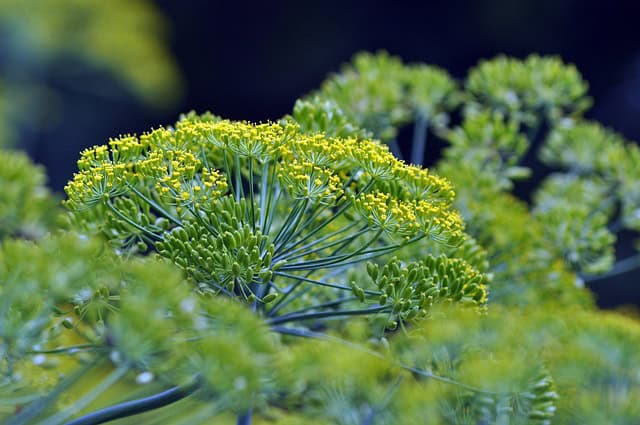
Dill is a cool-weather herb that can still perform well if planted in July, as it enjoys well-drained soil and loving sun. A popular choice for pickling, dill seeds are best sown directly in the ground. Depending on the variety, you can expect to see growth in about 40 to 60 days. Regular watering encourages robust foliage and seed heads that provide additional flavor in various dishes.
Oregano
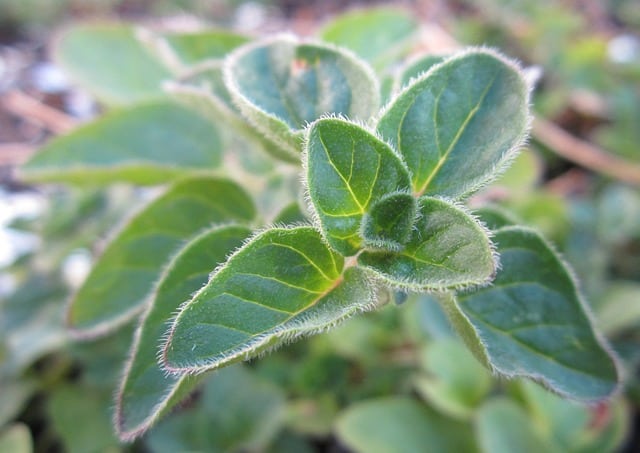
This hardy perennial thrives in warm environments and is perfect for July planting. Oregano flourishes in full sun and well-draining soil, with moderate watering. Once established, it’s drought-tolerant and can produce leaves throughout the growing season. Its wonderful aroma and culinary applications make fast-growing oregano an essential herb for any garden.
Thyme
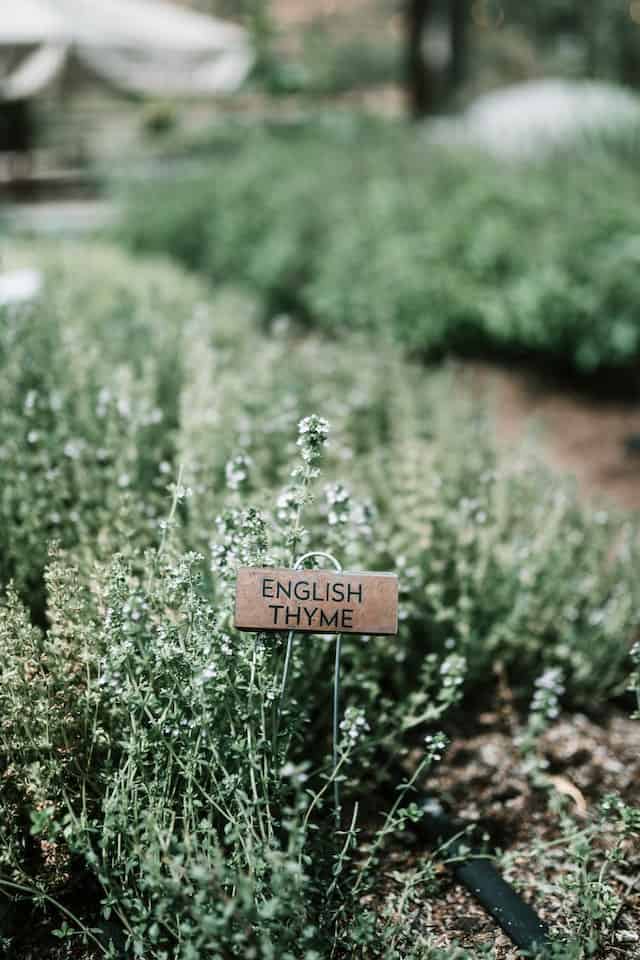
Thyme is a delightful herb that grows well in Zone 7, and it’s exceptionally low-maintenance. Planting in July allows you to enjoy an extended harvest, as this perennial thrives in well-drained soil and full sun, tolerating heat well. The flavorful leaves are great for culinary uses, ornamental gardens, and pollinator attraction, boasting tiny flowers that draw bees.
Mint
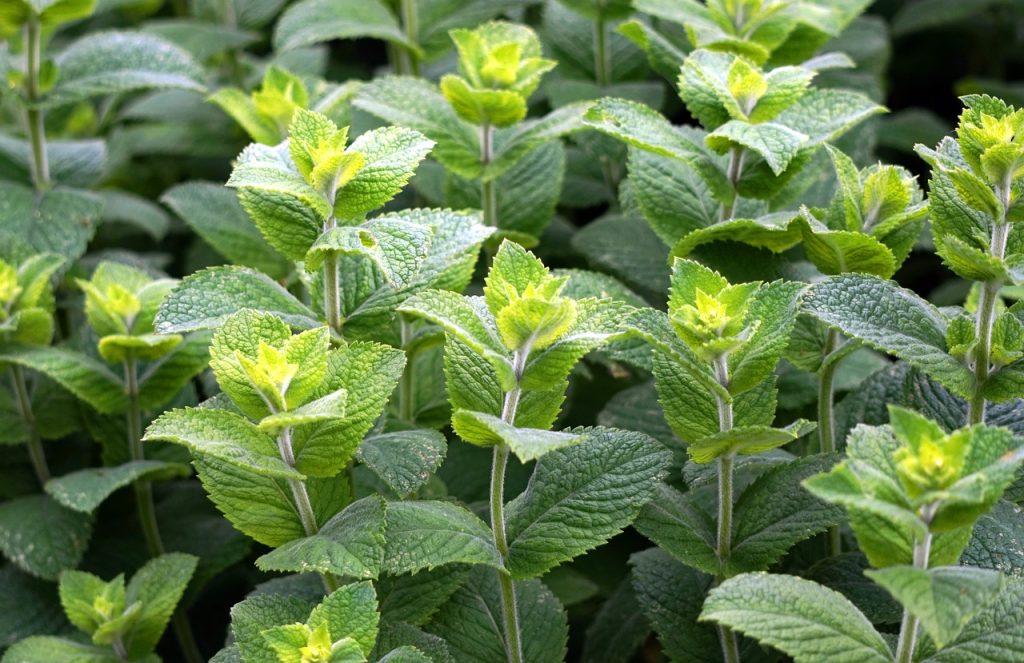
Mint roots easily and spreads rapidly, making it a great option for planting in July. Be mindful to contain it to avoid overwhelming your garden, as it can become quite invasive. Mint thrives in full sun but can also tolerate partial shade, with well-drained soil and consistent moisture. With its refreshing flavor, it’s ideal for teas, garnishes, and a multitude of culinary uses. Just remember to harvest leaves frequently to encourage bushy growth.
Parsley
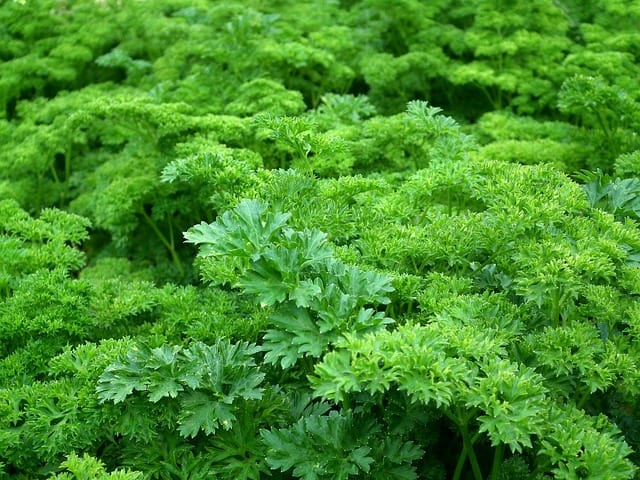
Parsley is a versatile herb that can be sown in July and is known for its biannual nature. It grows best in well-drained soil and a sunny location, with temperatures between 60°F and 70°F. It thrives in cooler conditions, so be vigilant in watering as temperatures rise. Parsley adds flavor and garnish to a variety of dishes, making it a constant staple in the kitchen.
Tansy
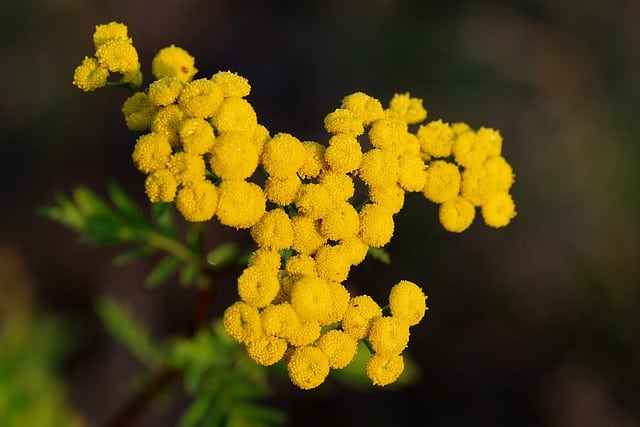
Tansy is not only an herb but also a perennial member of your summer garden, offering stunning yellow button-like flowers that bloom in late summer. This hardy plant can thrive in a range of well-drained soils and tolerates heat effectively. Tansy is excellent for repelling pests, particularly when grown alongside other plants. However, it can also become invasive, so be cautious of its spread.
Sage

Sage is an aromatic herb that loves the sun and is perfect for growing in the summer heat. With a temperature range of 70°F to 80°F, it thrives in full sunlight and well-drained soil. This beloved culinary herb can be harvested throughout the season and is known for its wonderful flavor in a variety of dishes. Once established, sage is drought tolerant, making it an easy-going addition to any herb garden.
Landscape Plants To Plant In July
Creating a beautiful landscape goes beyond just flowers and vegetables; the right shrubs and trees can dramatically enhance your garden’s appeal. July is ripe for planting several landscape plants, with many thriving in Zone 7’s warm climate. Here are some fantastic options that will add beauty and structure to your environment.
Hydrangea

Hydrangeas are iconic landscape plants that add luscious blooms in various colors throughout the summer. These perennials thrive in well-drained, moisture-holding soil while preferring partial shade in hotter areas. Planting in July can still provide seasonal blooms, especially with newer cultivars. Ensure you provide ample water to meet their hydration needs, allowing their vibrant foliage and flowers to shine.
Butterfly Bush
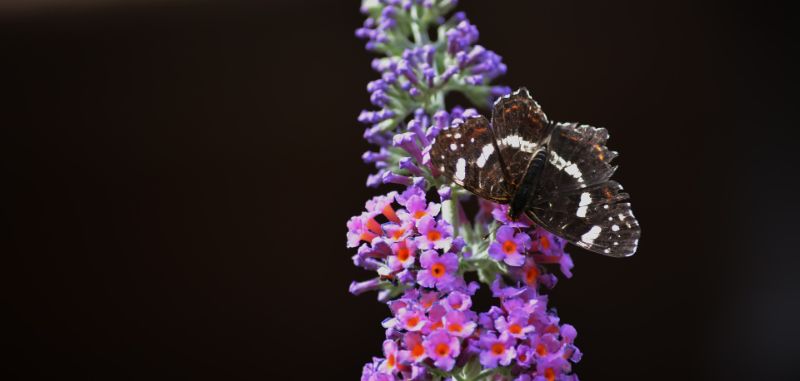
Butterfly bush is a stunning perennial that effortlessly attracts butterflies and pollinators to your landscape. These bushes thrive in warm weather and can rapidly grow and spread when planted in July. They prefer well-draining soil and full sun. With very little maintenance required, butterfly bush can become an impressive feature—offering lush blooms and delightful fragrances throughout the summer.
Daylilies
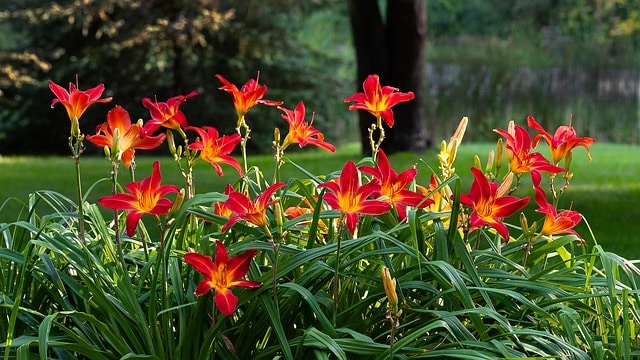
Daylilies are resilient and low-maintenance perennials, making them ideal for planting in July. These hardy plants can tolerate heat well, blooming profusely in mixed beds or borders. Daylilies come in various colors and types; they thrive in full sun or partial shade and require well-drained soil. They provide continuous blooms throughout the summer, ensuring a vibrant landscape display.
Forsythia
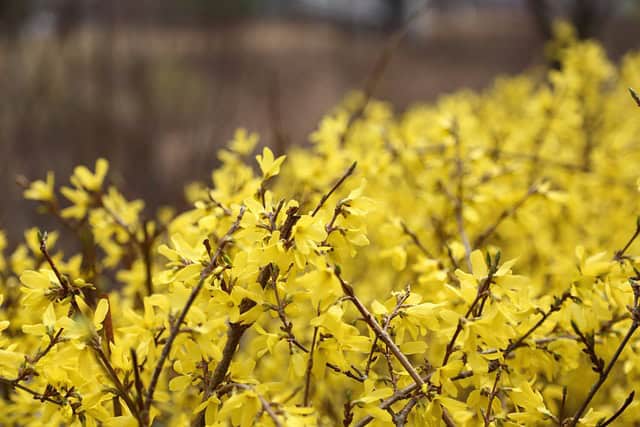
Forsythia is a classic shrub with bright yellow flowers that herald spring, but it can also be planted in midsummer for a structured landscape. Forsythia tolerates a variety of soil conditions, preferring well-drained properties. Regular watering is essential during hot July days, as it establishes its roots. This shrub can be vital for privacy hedges or borders, lending an elegant touch to your garden.
Japanese Maple

Japanese maples are highly sought after for their stunning foliage and graceful forms, and July is a suitable time to plant them. They flourish best in well-drained soil and partial sun or dappled shade. Japanese maples can tolerate a range of 60°F to 80°F temperatures and thrive in rich, non-saline environments. These trees bring year-round appeal—delivering vibrant foliage that transitions through colors season to season.
Evergreen Shrubs
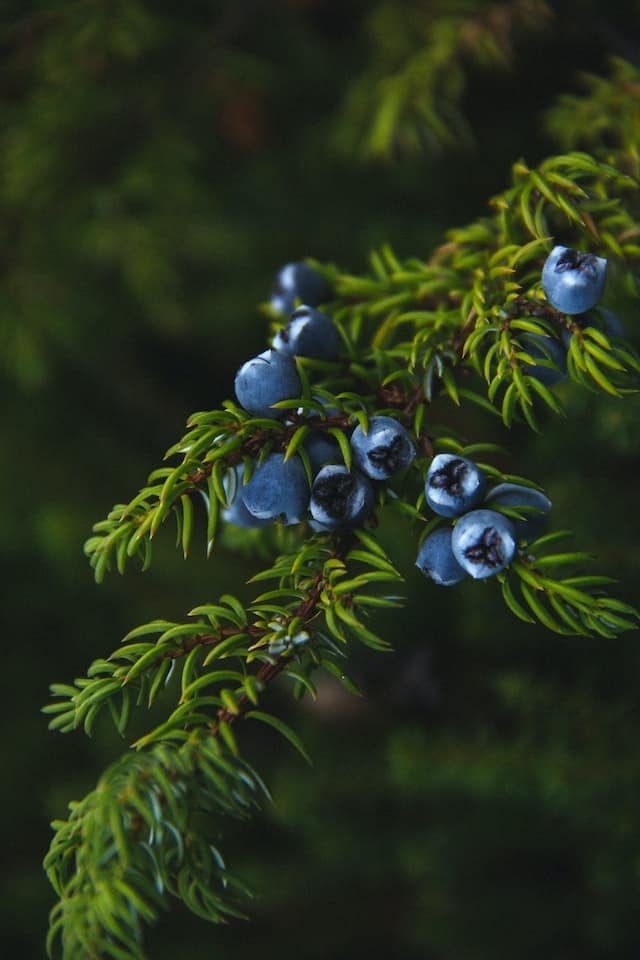
Planting evergreen shrubs in July can create a lasting green backdrop for your garden. Varieties like Boxwood, Holly, and Juniper flourish in warm weather and can be strategically used in hedges or accents. Ensure they are planted in well-draining soil, and provide adequate water during the hotter months. Once established, these shrubs offer excellent aesthetic value and structure in diverse gardens.
Sedum

Sedum is a highly resilient succulent that thrives in hot, dry conditions, making it perfect for July planting. These low-maintenance perennials prefer full sun and well-drained soil. Their vibrant foliage and stunning flowers in the summer bring texture and warmth to the landscape. Sedums are also excellent for attracting pollinators, making them a beneficial choice for biodiversity in your garden.
Coneflower (Echinacea)

In addition to their value as a flowering plant, coneflowers also lend a vibrant structure to landscape gardens. Plant these resilient perennials in July to see abundant blooms that attract various pollinators. Coneflowers prefer full sun and are highly drought-tolerant once established. Their beautiful purple petals and central cones create a striking visual interest in mixed beds and borders.
Lavender

Lavender is a fragrant perennial that can easily be planted in July, thriving in well-drained soil and sunlit areas. This drought-tolerant herb enhances any garden’s aroma and beauty while attracting butterflies. Lavender can serve as a border lining or focal plant, and its adaptability allows it to thrive in different types of soil. Planting in July can lead to a fabulous lavender harvest in late summer.
Phlox
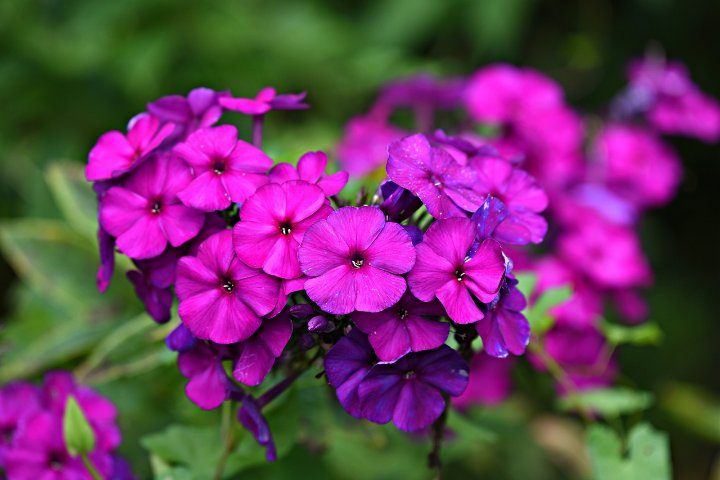
Phlox are vibrant perennial flowers that can provide plenty of color in your mid-summer landscape. Whereas some types thrive best when planted in early spring, others can blossom when sown in July. Opt for garden phlox (Phlox paniculata) for continuous blooms until fall, as it prefers full sun and well-drained soil. Phlox attracts beneficial insects, enriching your garden’s ecology, while their colorful flowers bring visual appeal.


